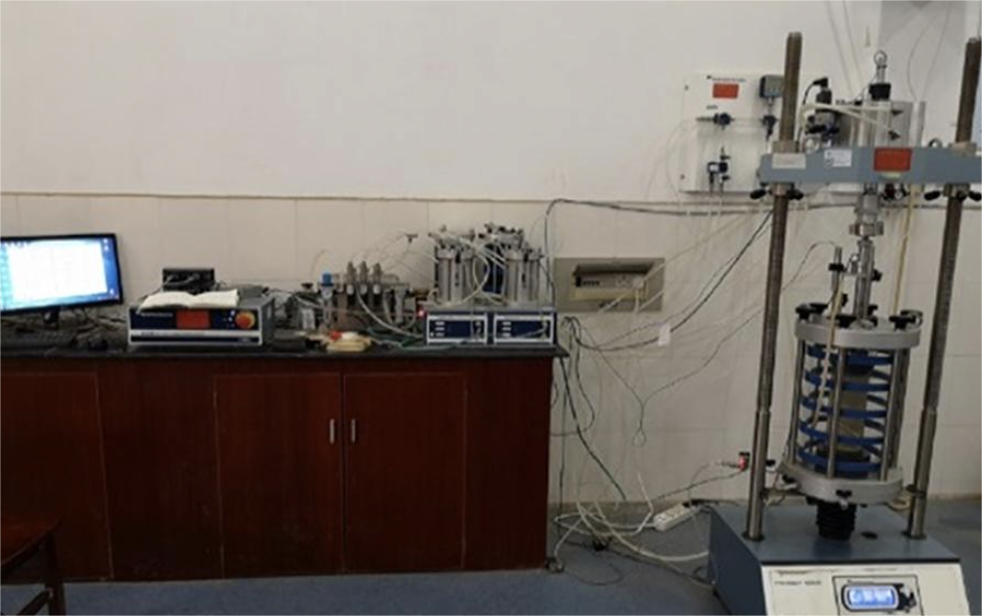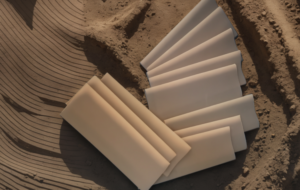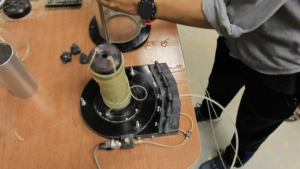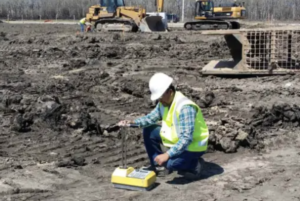Triaxial Test 101: A Comprehensive Guide from Theory to Practice
Whether you’re a geotechnical engineer, a student entering the field, or simply curious about soil mechanics, understanding the triaxial test is essential. It’s one of the most widely used laboratory methods to evaluate soil strength, stress-strain behavior, and deformation under simulated in-ground conditions. This guide walks you through everything from theory to practical execution—no jargon, just clarity.
Understanding the Basics: What Is a Triaxial Test?
The triaxial test is a soil mechanics laboratory method used to determine the shear strength1 and deformation characteristics2 of soil. It simulates real-world stress conditions that soil experiences beneath structures, slopes, or embankments.
Key Concepts:
- Axial Stress (σ₁): Vertical stress applied to the soil sample.
- Confining Stress (σ₃): Pressure applied equally on all sides (radial stress).
- Pore Water Pressure (u): Internal pressure in the soil’s voids, especially relevant in saturated soils.
A cylindrical soil sample, enclosed in a latex membrane, is placed inside a triaxial chamber. Pressure is applied in controlled stages to observe how the soil fails or deforms.
Typical Test Sample Dimensions:
| Diameter (mm) | Height (mm) | H/D Ratio |
|---|---|---|
| 38 | 76 | 2.0 |
| 50 | 100 | 2.0 |
This test provides insights into effective stress, cohesion, and friction angle—all of which are crucial for safe geotechnical design.
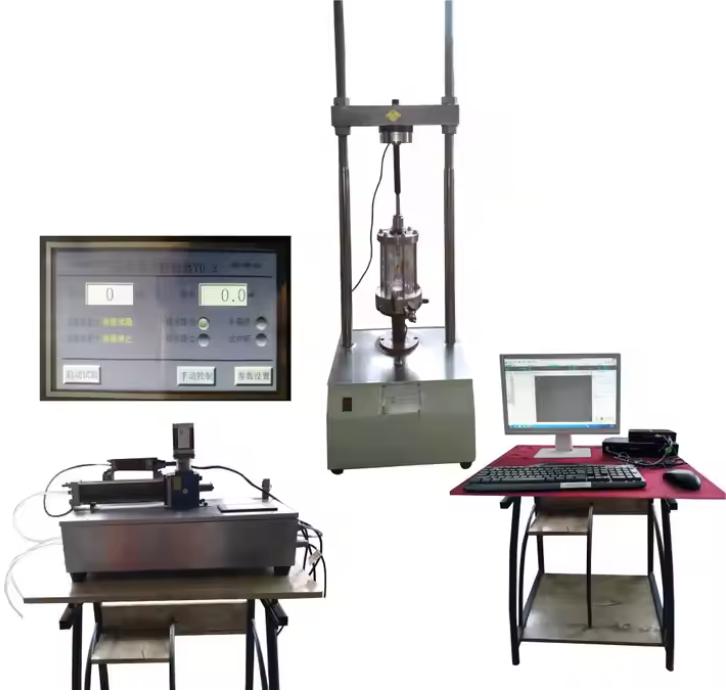
Types of Triaxial Tests: UU, CU, and CD Explained
Depending on the drainage conditions3 and whether the sample is consolidated, there are three main types of triaxial tests:
1. UU (Unconsolidated Undrained) Test
- No drainage during setup or shearing.
- Fast and simple.
- Measures total stress only.
- Suitable for soft clays in short-term loading.
2. CU (Consolidated Undrained) Test
- Soil is consolidated under confining pressure, but not allowed to drain during shearing.
- Pore pressure measured4.
- Useful for effective stress analysis.
3. CD (Consolidated Drained) Test
- Full consolidation and drainage during both stages.
- Used for long-term stability analysis.
- Takes longer but provides full effective stress path.
| Test Type | Consolidation? | Drainage During Shear? | Key Output |
|---|---|---|---|
| UU | No | No | Total stress |
| CU | Yes | No | Effective stress (requires pore pressure measurement) |
| CD | Yes | Yes | Effective stress |
Each method provides different insight depending on the soil type and engineering scenario.
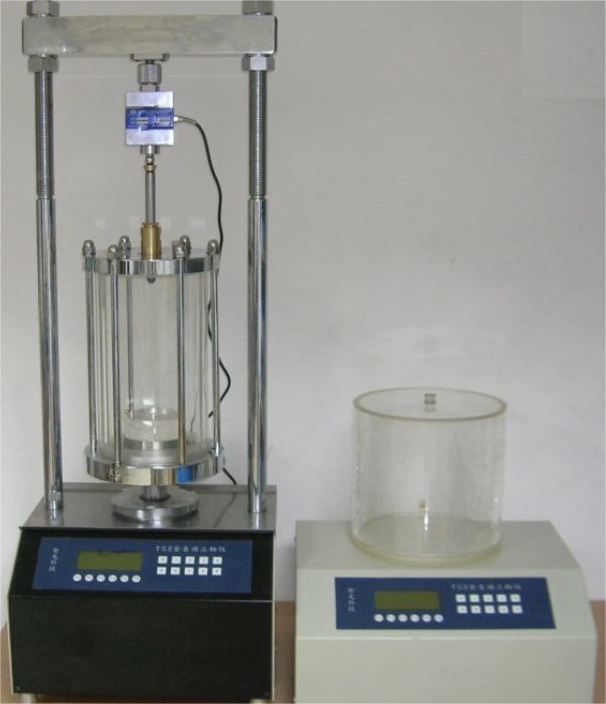
From Setup to Execution: The Step-by-Step Testing Procedure
Performing a triaxial test requires attention to detail and calibration. Here’s a general workflow used in laboratories:
Step-by-Step Procedure:
-
Sample Preparation
- Trim cylindrical sample to standard dimensions.
- Encase in latex membrane and place between porous stones.
-
Mounting in Triaxial Cell
- Seal the sample inside the chamber.
- Connect drainage lines (for CU/CD tests) and sensors.
-
Consolidation Stage (CU/CD only)
- Apply confining pressure (σ₃).
- Allow sample to consolidate over time.
-
Shearing Stage
- Increase axial stress (σ₁) at a controlled rate.
- Record strain, load, and pore pressure (if applicable).
-
Failure Point
- Identify peak deviator stress or critical strain.
- Continue or stop depending on test design.
Key Instruments Used:
- Load frame (axial load)
- Triaxial cell (confining pressure)
- Pressure transducers (pore pressure)
- LVDTs (displacement sensors)
- Data acquisition system
| Step | Purpose | Common Duration |
|---|---|---|
| Sample prep | Ensure standard geometry | 30–60 minutes |
| Saturation/Consolidation | Simulate field conditions | Several hours to days |
| Shearing | Observe strength and deformation | 15 min to several hours |
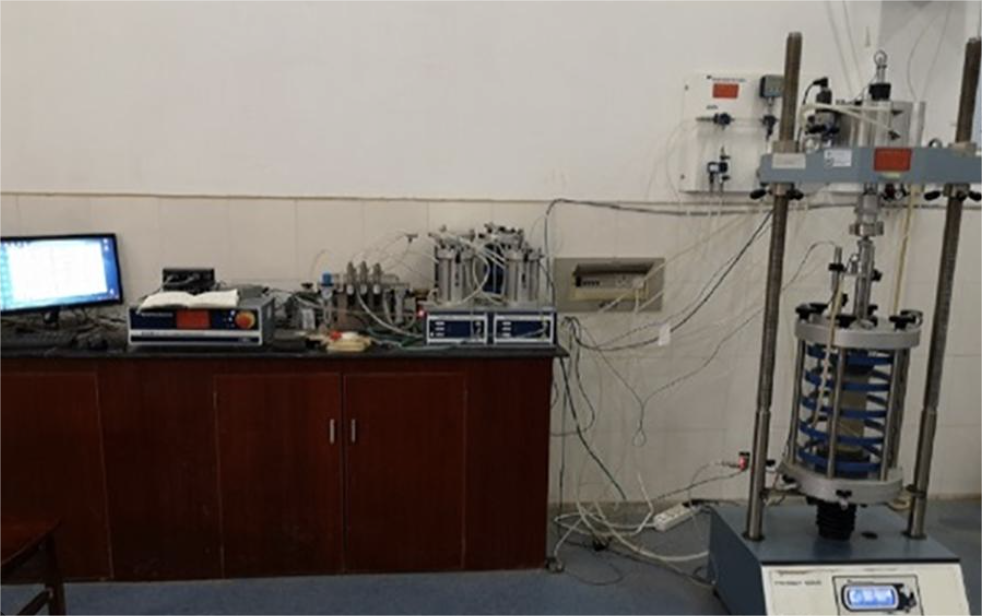
Interpreting Results: Stress Paths, Failure Envelopes, and Data Insights
Once the test is complete, the data reveals how the soil behaves under different loading paths. The goal is to understand its strength parameters5, drainage behavior6, and failure mechanisms7.
Key Results:
- Deviator Stress (σ₁ – σ₃): Determines the maximum strength.
- Pore Pressure (u): Used to calculate effective stress.
- Axial Strain (%): Measures how much the sample deformed.
Output Graphs:
- Stress-Strain Curve: Shows stiffness and peak strength.
- Pore Pressure vs. Strain: Indicates drainage response.
- Mohr’s Circle & Failure Envelope: Calculates cohesion (c) and friction angle (φ).
Example Output Table
| Parameter | Value |
|---|---|
| Deviator Stress (q) | 120 kPa |
| Pore Pressure (u) | 60 kPa |
| Effective Stress (σ’) | 60 kPa |
| Friction Angle (φ) | 28° |
| Cohesion (c) | 25 kPa |
These values are used in design equations for foundations, slopes, embankments, and earth-retaining structures.
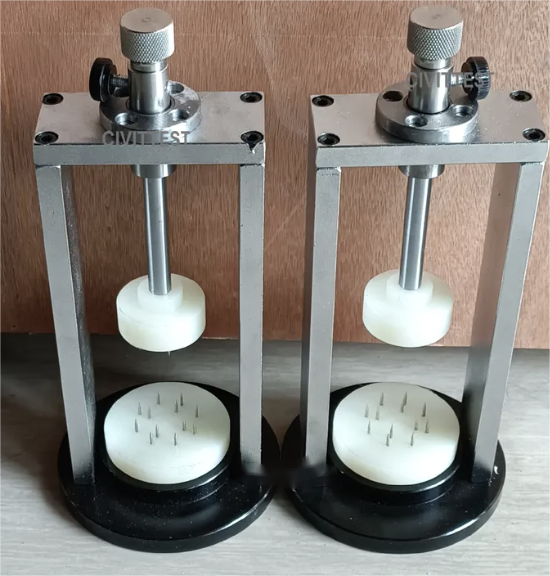
Conclusion
The triaxial test is a cornerstone of modern geotechnical analysis. From basic theory to hands-on execution, it provides critical insights into soil strength and behavior under real-world conditions. Whether you’re modeling a foundation, designing a dam, or analyzing slope stability, the triaxial test delivers the data you need to build safely and sustainably.
-
Discover the methods and importance of measuring shear strength in soil to ensure safe construction practices. ↩
-
Learn about deformation characteristics to understand how soil responds to stress and its implications for engineering projects. ↩
-
Understanding drainage conditions is crucial for accurate soil testing and analysis, impacting construction and engineering projects. ↩
-
Exploring how pore pressure is measured can enhance your knowledge of soil behavior under stress, vital for geotechnical engineering. ↩
-
Understanding strength parameters is crucial for safe and effective design in geotechnical projects. Explore this link for in-depth insights. ↩
-
Drainage behavior is vital for predicting soil performance under load. Discover more about its impact on construction safety. ↩
-
Learning about failure mechanisms helps in designing safer structures. This resource can provide essential strategies for prevention. ↩

